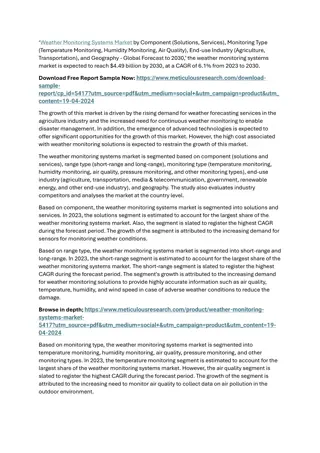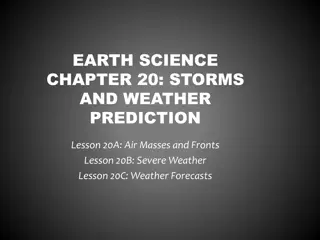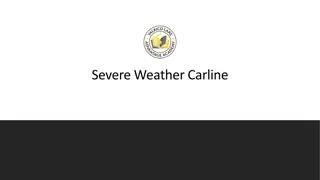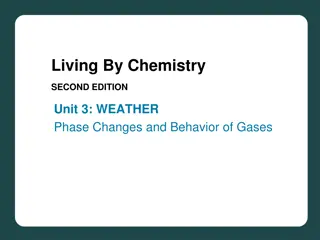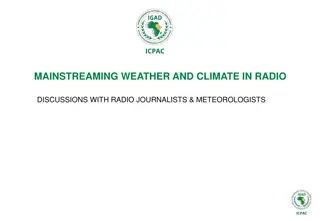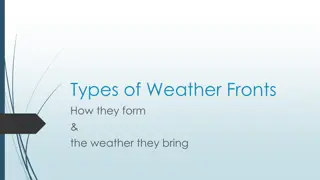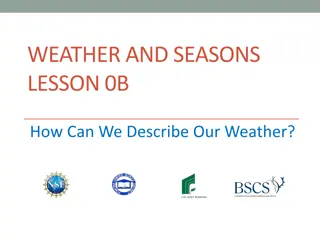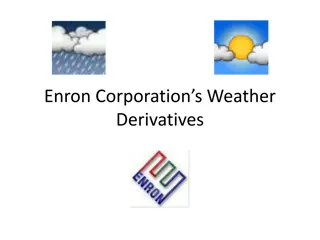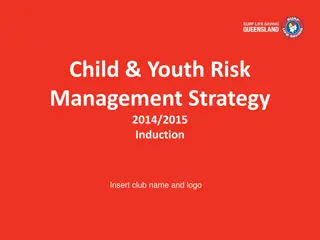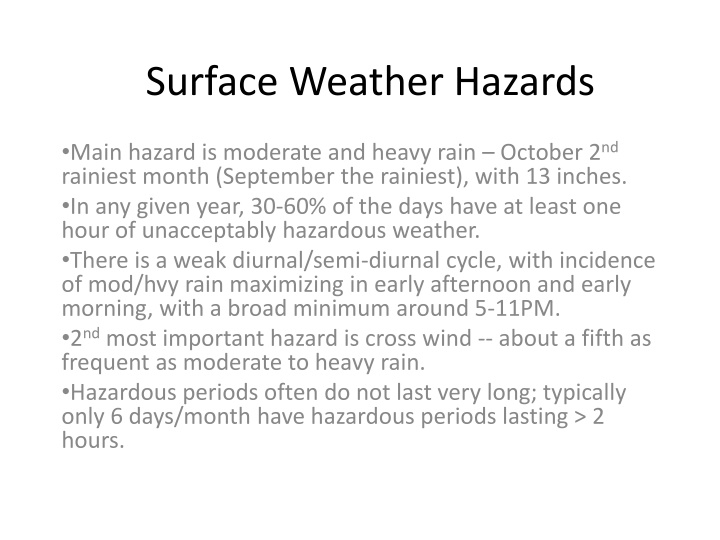
Understanding Surface Weather Hazards on Guam
Explore the main weather hazards on Guam, with moderate to heavy rain being the primary concern in October. The diurnal variation of rainfall, cross-wind hazards, and frequency of hazardous weather days are detailed, based on data from the Guam international airport. Learn about the patterns and distribution of hazards over the Sep-Oct period, providing insights into the local weather conditions.
Download Presentation

Please find below an Image/Link to download the presentation.
The content on the website is provided AS IS for your information and personal use only. It may not be sold, licensed, or shared on other websites without obtaining consent from the author. If you encounter any issues during the download, it is possible that the publisher has removed the file from their server.
You are allowed to download the files provided on this website for personal or commercial use, subject to the condition that they are used lawfully. All files are the property of their respective owners.
The content on the website is provided AS IS for your information and personal use only. It may not be sold, licensed, or shared on other websites without obtaining consent from the author.
E N D
Presentation Transcript
Surface Weather Hazards Main hazard is moderate and heavy rain October 2nd rainiest month (September the rainiest), with 13 inches. In any given year, 30-60% of the days have at least one hour of unacceptably hazardous weather. There is a weak diurnal/semi-diurnal cycle, with incidence of mod/hvy rain maximizing in early afternoon and early morning, with a broad minimum around 5-11PM. 2ndmost important hazard is cross wind -- about a fifth as frequent as moderate to heavy rain. Hazardous periods often do not last very long; typically only 6 days/month have hazardous periods lasting > 2 hours.
Based on 2000-2016 data from Guam international airport. 0Z is 10AM local time. Note early afternoon peak, early morning peak, and evening trough.
Rain hazard (incidence of reported moderate or heavy rain) consistent with rainfall diurnal variation. Cross wind and T-storm hazards are less, and have only one peak.
No apparent Enso index relationship. Median of about 28 inches for total rainfall in the two months with standard deviation of about 9 inches.
Hazard incidence by day averaged over 16 years for Sep-Oct. Cross-winds seem concentrated in mid-October, but generally fairly even distribution (with noise) over the period.
No of days in each years sep-oct period with more than 1 hour of flight hazard of various types. A bit less than half of the days may have more than an hour of hazard of one kind or another.




